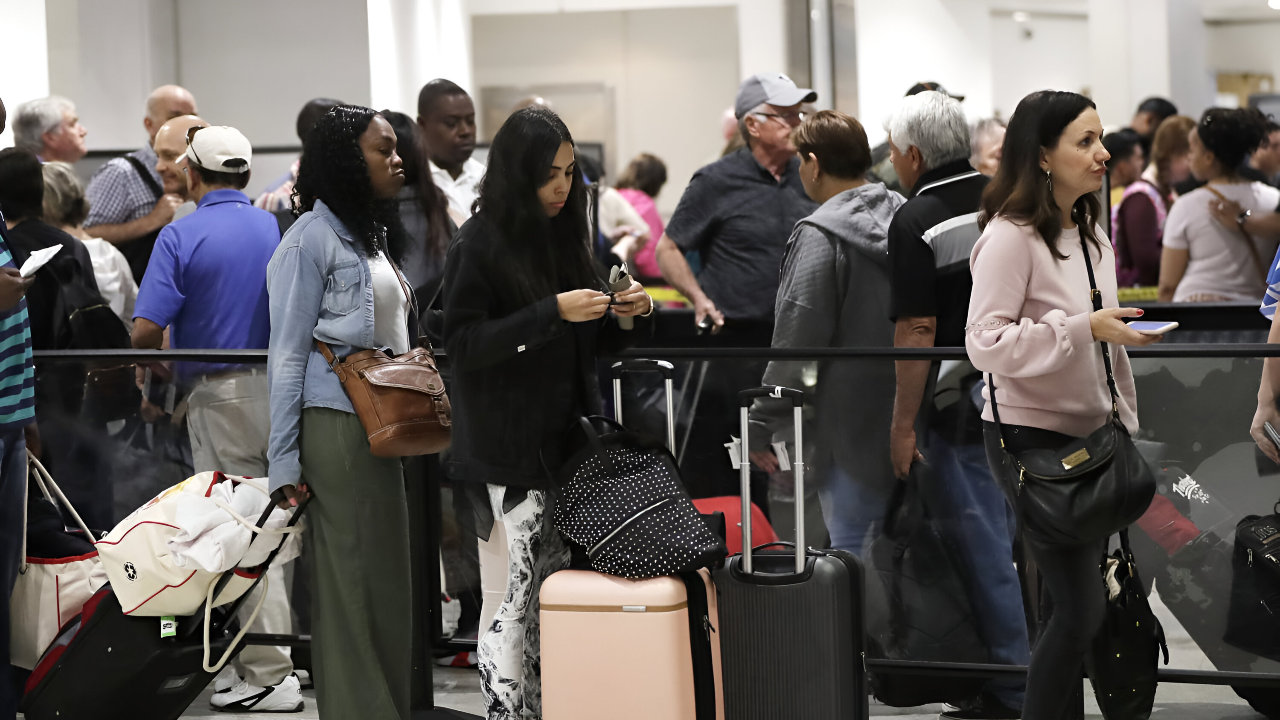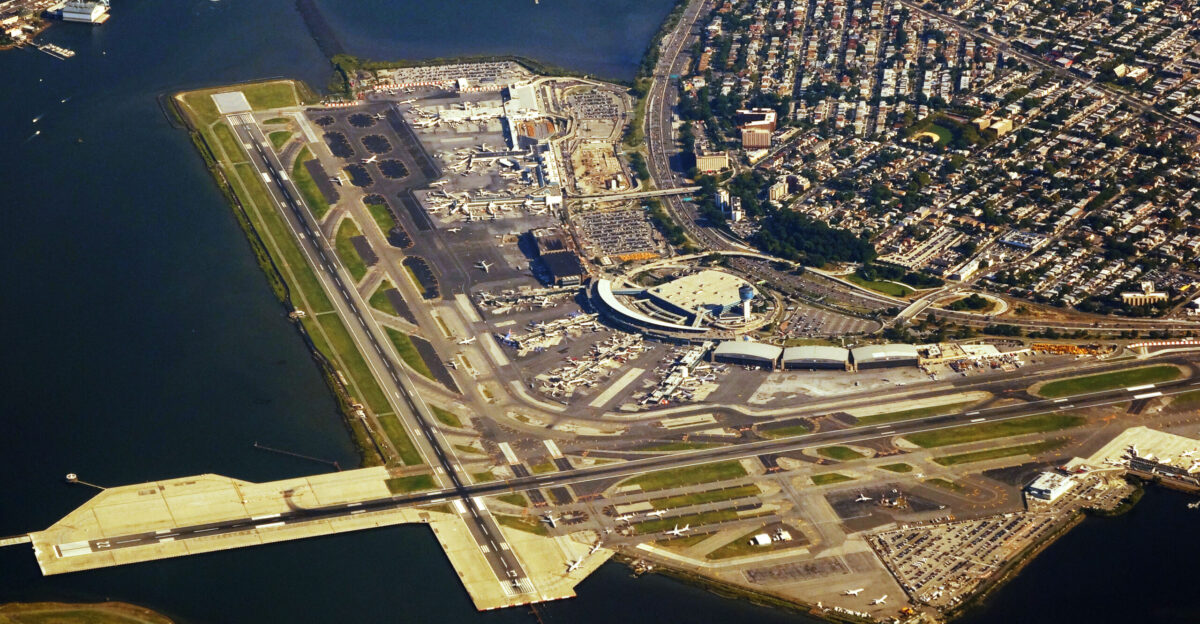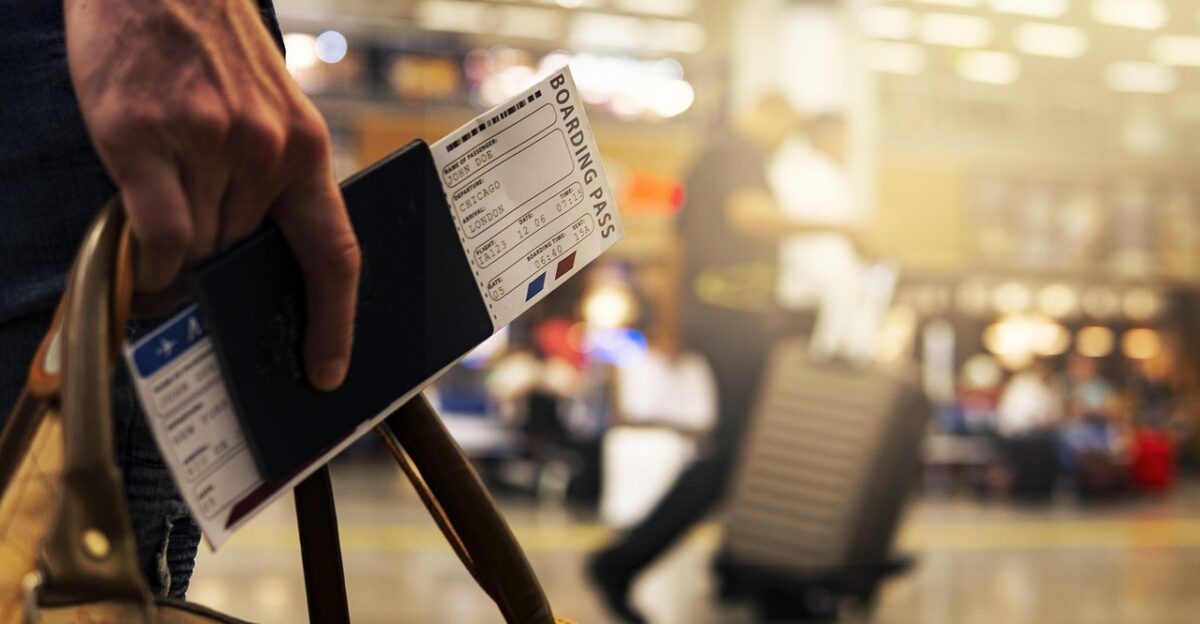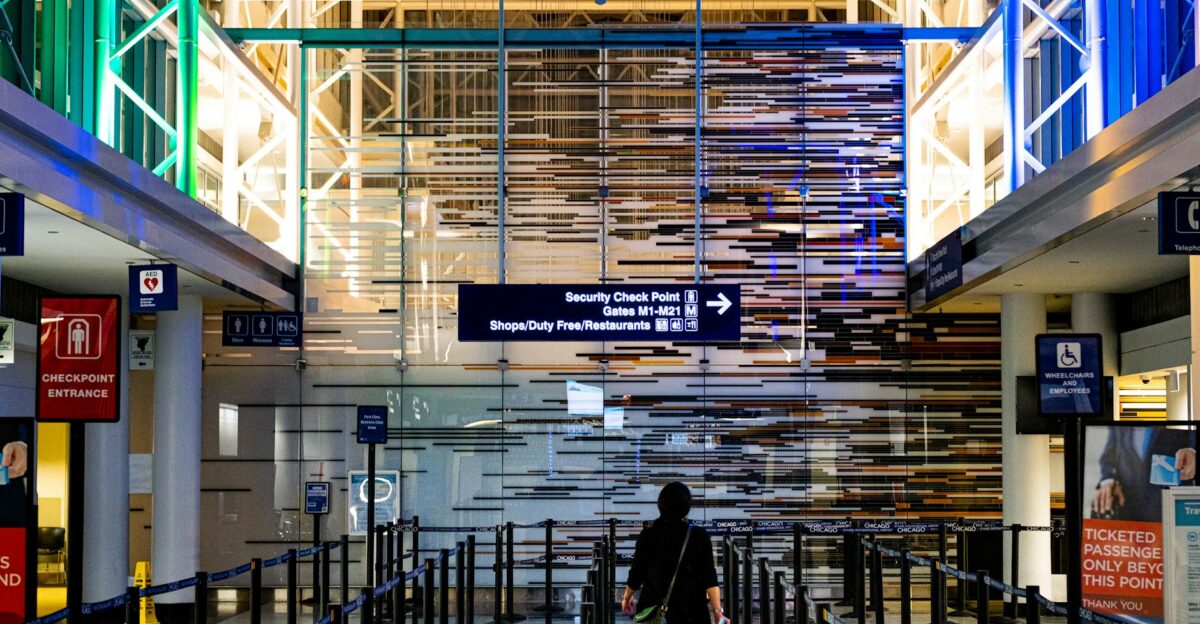
Aviation in the United States is facing its most severe peacetime disruption in modern history. As the government shutdown stretches into its sixth week, the Federal Aviation Administration (FAA) has announced drastic measures: beginning November 7, 3,500 to 4,000 flights will be cut daily at 40 of the nation’s busiest airports. This unprecedented move comes as 13,000 air traffic controllers and 50,000 TSA officers continue to work without pay, pushing the system to the brink and threatening to upend travel for millions.
FAA Sounds the Alarm

Bryan Bedford, the FAA Administrator with 35 years in aviation, made the difficult call to reduce airport capacity by 10% at major hubs. “We’re not going to wait for a safety problem to truly manifest itself when the early indicators are telling us we can take action today,” Bedford stated, underscoring the gravity of the situation. He described the current crisis as unlike anything he has witnessed in his career, citing mounting fatigue among controllers and escalating system stress.
The FAA’s decision is rooted in hard data: controllers have been working mandatory overtime and six-day weeks since October 1, all without pay. National Air Traffic Controllers Association President Nick Daniels revealed that hundreds of controllers have already taken on second jobs to make ends meet, with that number expected to rise to 1,000 if the shutdown continues. “Morale is at an all-time low, but we’re committed to keeping the skies safe,” Daniels said.
Major Hubs, Nationwide Impact

The 40 airports facing cuts include the country’s largest and most critical hubs: Atlanta, Chicago O’Hare, the three New York-area airports, Los Angeles, Dallas/Fort Worth, Denver, and more. These facilities handle the majority of U.S. commercial air traffic, and reductions at these nodes ripple across the entire network.
In the Northeast, New York’s JFK, LaGuardia, and Newark airports, along with Boston Logan, Philadelphia, and Baltimore-Washington, are bracing for hundreds of daily flight eliminations. The region’s dense business corridor relies heavily on air travel for economic activity. “We depend on these flights for everything from business meetings to medical appointments,” said local New York business traveler Maria Alvarez. “Losing even a few connections can throw entire days into chaos.”
Smaller airports in the region, such as Providence and Hartford, are also affected. As passengers reroute through these facilities, bottlenecks and delays are expected to increase, straining resources not designed for such surges.
Midwest and South: Connectivity Frays

Chicago O’Hare, the world’s busiest airport by operations, will see about 244 flights cut daily. United and American Airlines, which dominate O’Hare’s traffic, face tough decisions about which routes to preserve. Secondary Midwest airports like St. Louis, Kansas City, Cleveland, and Cincinnati will also see reductions, further isolating smaller cities that depend on connections through major hubs.
In the South, Atlanta Hartsfield-Jackson and Dallas-Fort Worth—two of the world’s largest airports—are each losing hundreds of flights daily. Atlanta alone serves 286,000 passengers a day; a 10% cut means tens of thousands will be displaced. The region’s rapid population growth has made these hubs vital for economic migration and opportunity. “These cuts don’t just affect travelers—they disrupt the entire Southern economy,” said Dr. Lisa Chen, a transportation policy expert at Emory University.
Secondary Southern airports, including Charlotte, Miami, and Houston, are also impacted, fragmenting the region’s connectivity at a time of peak demand.
Western States: Isolation Looms

Los Angeles International and Denver International, the West’s busiest airports, are each losing hundreds of flights daily. LAX is a key transpacific gateway, while Denver connects mountain and western destinations. The West’s vast geography makes air travel essential; ground alternatives are limited or nonexistent for many routes.
San Francisco, Phoenix, Seattle, and regional airports like Salt Lake City, Portland, and Las Vegas will also see cuts. For mountain communities and remote areas, reduced air service means isolation from major medical centers and supply chains. “Unlike the East Coast, we can’t just drive to the next city,” said Denver resident Tom Riley. “When flights are cut, we’re truly cut off.”
Economic Fallout and Global Context
The U.S. Travel Association estimates the travel economy has already lost $4 billion since October 1. Research shows that annual airline disruption costs can reach $35 billion, with total losses to travelers and related industries nearing $60 billion. Hotels, restaurants, rental agencies, and attractions are all feeling the pinch as travel-dependent revenue dries up.
Globally, the scale of these cuts is unmatched among advanced economies. While European countries have faced strikes and weather disruptions, no other nation has implemented such sweeping, prolonged capacity reductions at its busiest airports during peacetime.
Thanksgiving and the Uncertain Road Ahead
The timing could not be worse: the cuts begin just weeks before Thanksgiving, historically the busiest travel period in the U.S. Last year, the TSA screened over 3 million passengers on the Sunday after Thanksgiving—a record that will be impossible to match with 10% fewer flights and hundreds of thousands of displaced travelers.
There is no clear end in sight. FAA Administrator Bedford has warned that if the shutdown continues and controllers miss another paycheck, further restrictions or even total airspace closures could follow. Transportation Secretary Sean Duffy echoed this concern, stating, “We are approaching a point where certain sections of airspace may have to be shut down entirely.”
As the shutdown exposes the fragility of America’s aviation infrastructure, the stakes extend far beyond missed flights. The crisis is a stark reminder of the nation’s dependence on complex systems—and the cascading consequences when those systems are pushed to the edge.